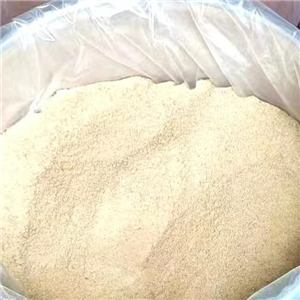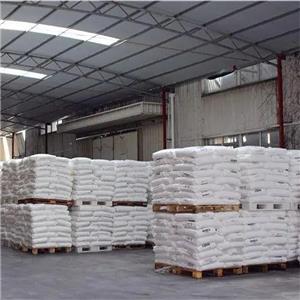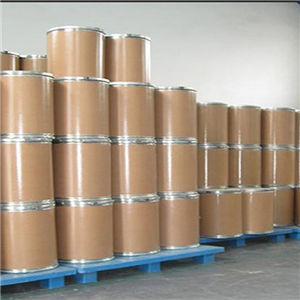Durable plastic pollution easily, cleanly degrades with new catalyst
The main issue behind Nylon-6, the plastic inside these nets, carpet and clothing, is that it's too strong and durable to break down on its own. So, once it's in the environment, it lingers for thousands of years, littering waterways, breaking corals and strangling birds and sea life.
Now, Northwestern University chemists have developed a new catalyst that quickly, cleanly and completely breaks down Nylon-6 in a matter of minutes -- without generating harmful byproducts. Even better: The process does not require toxic solvents, expensive materials or extreme conditions, making it practical for everyday applications.
Not only could this new catalyst play an important role in environmental remediation, it also could perform the first step in upcycling Nylon-6 wastes into higher-value products.
The research will be published on Thursday (Nov. 30) in the journal Chem.
"The whole world is aware of the plastic problem," said Northwestern's Tobin Marks, the study's senior author. "Plastic is a part of our society; we use so much of it. But the problem is: What do we do when we're finished with it? Ideally, we wouldn't burn it or put it into landfills. We would recycle it. We're developing catalysts that deconstruct these polymers, returning them to their original form, so they can be reused."
Marks is the Charles E. and Emma H. Morrison Professor of Chemistry and Vladimir N. Ipatieff Professor of Catalytic Chemistry at Northwestern's Weinberg College of Arts and Sciences and a professor of materials science and engineering at Northwestern's McCormick School of Engineering. He also is a faculty affiliate at the Paula M. Trienens Institute for Sustainability and Energy. Northwestern co-authors include Linda J. Broadbelt, the Sarah Rebecca Roland Professor of Chemical and Biological Engineering and senior associate dean of McCormick, and Yosi Kratish, a research assistant professor in Marks' group.
A deadly difficulty
From clothing to carpet to seat belts, Nylon-6 is found in a variety of materials that most people use every day. But, when people are done with these materials, they end up in landfills or worse: loose in the environment, including the ocean. According to the World Wildlife Federation, up to 1 million pounds of fishing gear is abandoned in the ocean each year, with fishing nets composed of Nylon-6 making up at least 46% of the Great Pacific Garbage Patch.
"Fishing nets lose quality after a couple years of use," said Liwei Ye, the paper's lead first author who is a postdoctoral fellow in Marks' laboratory. "They become so water-logged that it's difficult to pull them out of the ocean. And they are so cheap to replace that people just leave them in the water and buy new ones."
"There is a lot of garbage in the ocean," Marks added. "Cardboard and food waste biodegrades. Metals sink to the bottom. Then we are left with the plastics."





